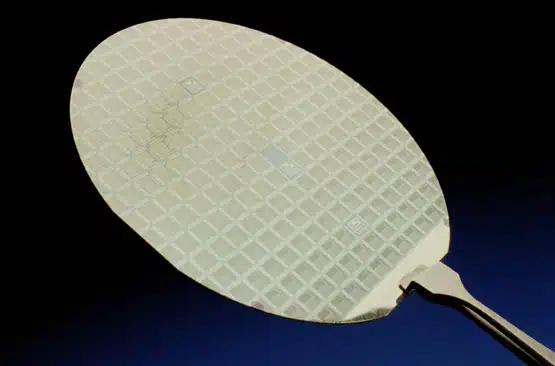Soccer ball-like molecules may help improve the performance of plastic solar cells, which could be used as the next-generation energy source, a Melbourne physicist says.
Yaou Smets, a PhD student at La Trobe University, and his colleagues from Australian Synchrotron and University of Kaiserslautern, Germany, used a small amount of fluorinated C60-buckyballs to understand the physics that governs the photovoltaic cell efficiency. This study was recently published in the journal Organic Electronics.
“One of the major drawbacks of the conventional silicon solar cell technology is that highly efficient cells are very expensive to produce. Therefore, as a cost-effective alternative, plastic solar cells have attracted extensive attention among scientists as a promising candidate to become the next generation photovoltaic devices,” says Yaou.
Scientists around the world are trying to find ways in which the electronic properties of the solar cells can be controlled and the cell efficiency increased. One of the key technologies is called doping, where dopants are introduced to the materials. Semiconducting or even insulating materials can be transformed into efficient conductors, which carry electrical current and enhance the cell efficiency.
“The molecule C60F48 is proven be the most effective dopant in its class, as only a very small amount of it is needed to initiate a considerable amount of free charge carriers in the semiconducting layers,” Yaou says.






 Fresh Science is on hold for 2022. We will be back in 2023.
Fresh Science is on hold for 2022. We will be back in 2023.